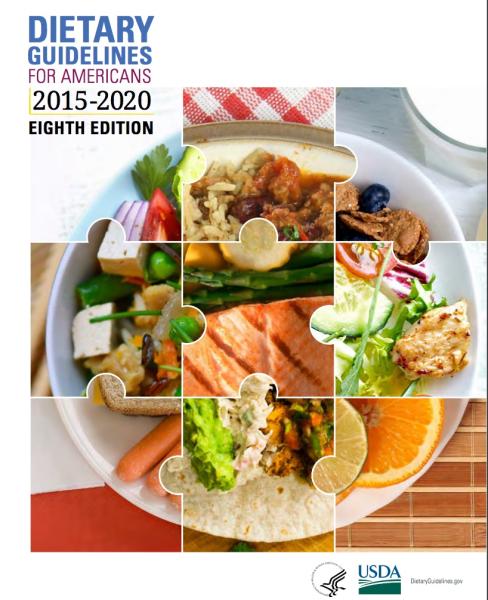
It’s a common complaint — How do you know what to eat when first a food is virtually poisonous, and then a couple of years later, no, it’s ok? Or just the opposite can also be heard — a food that was healthy last week is now not so good for you? Here’s just a few examples.
Eggs First, remember eggs? It used to be, at least in the popular literature, that eggs, because of their cholesterol content were virtually forbidden. That wasn’t necessarily true for the professional guidelines, which in 2010 noted that consuming one egg per day doesn’t seem to increase the risk of cardiovascular disease. The latest guidelines, in 2015, also allowed that eggs can be included in various dietary patterns, but now makes no quantitative statement about how many eggs can be eaten. They do note that for many people it’s the dietary saturated and trans fats, rather than dietary cholesterol, that are more risky nutrients.
Coffee Back in 1981 there was a report that linked coffee consumption to pancreatic cancer, setting off headlines all over the place. Well, we no longer believe that, since further studies failed to replicate those findings. What we have seen, though, are more headlines that either link coffee to other ailments or find that it’s actually protective — a wonder drug!
Beta-carotene And who can forget about beta-carotene? It was widely touted in the ‘80s and early ‘90s as being protective against cancers. But when beta-carotene supplements were tested in a group of smokers against a placebo in ’94, it actually raised the risk of lung cancer somewhat.
Soy Protein Most recently, the FDA is considering revoking their approval of authorized health claims linking soy protein to a reduced risk of cardiovascular disease, as we wrote about here.
Why This Happens These changes aren’t just capriciousness on the part of nutritionists, though sometimes it looks that way. What typically happens is that researchers do retrospective or prospective studies and look for associations between foods or nutrients and some ailment. If they find one, the headlines explode — saying that, for example, marshmallow consumption increases or decreases the risk of some disease or condition. But these are just correlations — and as my colleague Dr. Berezow recently explained, it takes a lot more than that to prove causation. For a supplement, it’s relatively easy (funding aside) to set up a placebo-controlled trial to test the effects of substance X on condition Y. But even if several observational studies find the same effects, these must be considered only guides for hypothesis formation.
For food, we have to rely on either self-reports (notoriously subject to recall bias), or we have to have people eating ONLY what an experimental diet kitchen provides (and that ain’t cheap either!). And, a small increase or decrease in risk associated with a food quantity recalled from memory, considering the possibilities of recall errors, doesn’t really mean much — even if it’s statistically significant. An 18 percent increase in the risk of lung cancer for smokers in a placebo-controlled study, however, does really imply causation. Nutritionists and epidemiologists are well aware of these problems with nutritional research — but possibly headline writers are not.
So don’t worry about changing your diet with every new headline — and expect the headlines to change. Official guidelines won't change that quickly, but as reliable research piles up, we should expect to see changes there as well. But even if an observational study shows that high marshmallow consumption is associated with a statistically significant 20 percent increased risk of some disease, don’t go leaving them off the hot chocolate.



